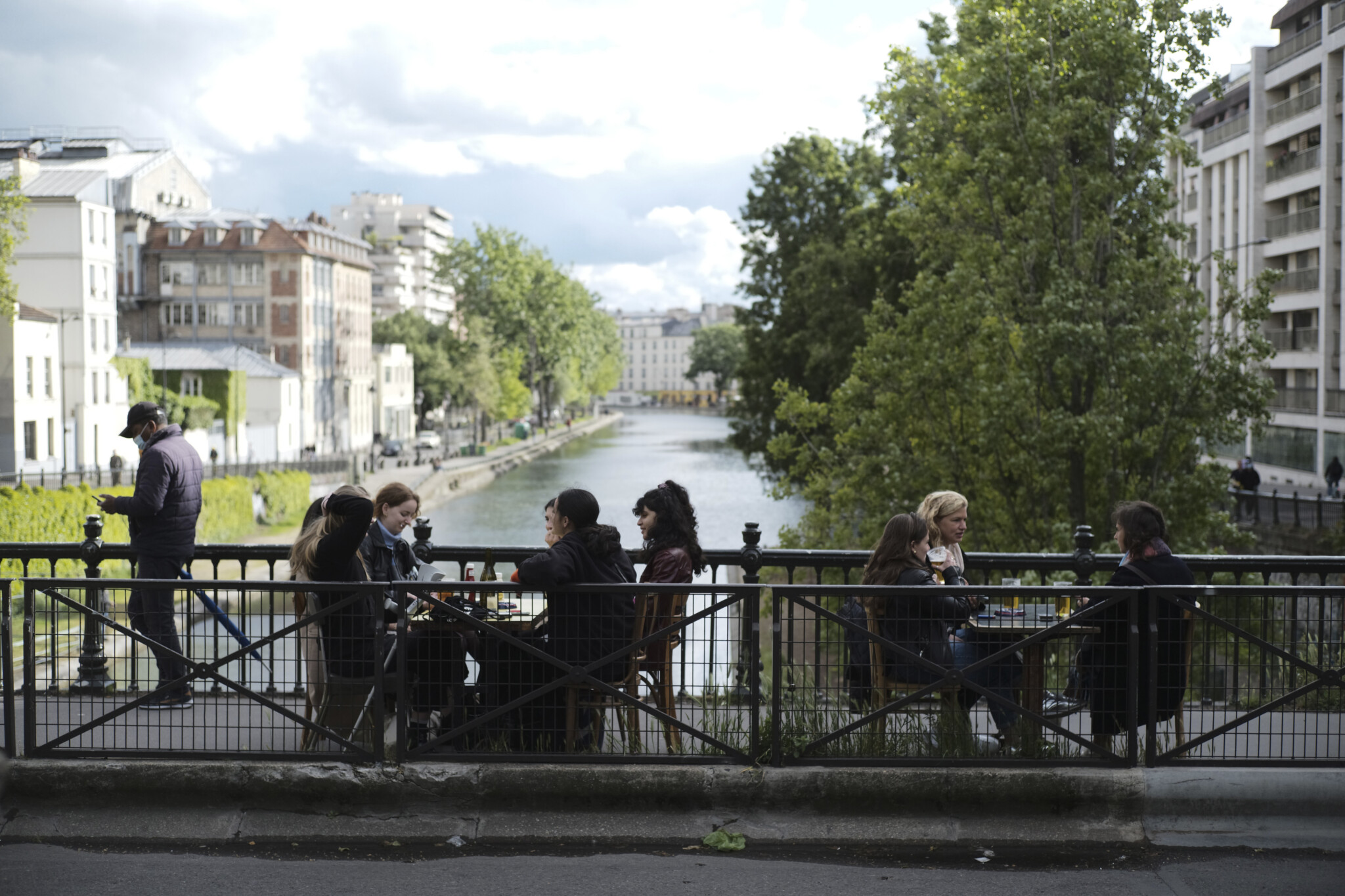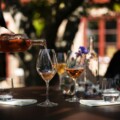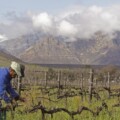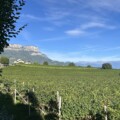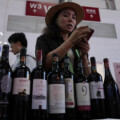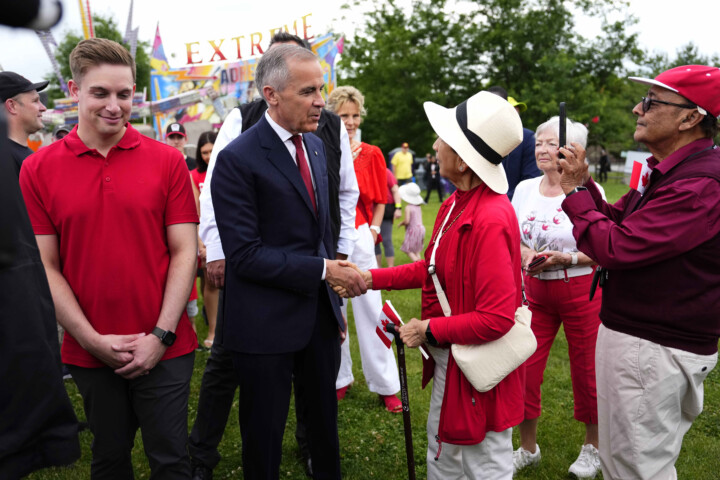The medieval stairs to the treasury room are steep, curving, and made of stone. They are not narrow, so there won’t be a set of walls to hold one’s self up in the event of a slip. They lead from a door off a foyer room in the palace up into the treasury room, under whose three or four-story ceilings the spoils of Christendom were counted on behalf of the pope and his court of cardinals.
Or, as it was a few weeks ago, where half a dozen journalists gathered around a set of folding tables in plastic chairs for a quiet dégustation intimiste, away from the main wine show in the grand halls of the Palais des Papes in Avignon. I was there, in Provence, as a guest of Inter-Rhône, to attend a series of trade shows and tastings focused on the wines of the Rhône River Valley. For two days in April, the vignerons of the Southern Rhône kicked out the tourists, filled the palace with wine, and invited journalists and buyers from around the world to see and taste what they have been up to.
There are 55 different appellations within the Rhône Valley wine region. Some are just for sparkling, sweet wines or rosé (Tavel). Most make predominantly red wines, though white wine production is growing with demand. Chateuneuf-du-Pape is the most famous and prestigious of the “Cru” wines of the Southern Rhône, while plain old Côtes du Rhône wines are the catch-all level of serious wines. It’s not unusual for producers of either to make the other.
The best-known cru Côtes du Rhône wines, and the ones that are most likely to be seen on a shelf or a wine list in Canada, are Cairanne, Costières de Nîmes, Gigondas, Lirac, Luberon, Plan de Dieu, Rasteau, Vacqueyras, Ventoux, and the wonderfully named Vinsobres. Of this top 10 list, the most prestigious and therefore generally more expensive is Gigondas, which won its own appellation in 1971. Since 1990, nearby Vacqueras has been close behind. The days when either were considered a poor wino’s Châteauneuf-du-Pape are long gone, and they hold their own reputations.
Coming up fast behind Gigondas and Vacqueras are Cairanne and Costières de Nîmes. Lirac and Rasteau aren’t far behind either. In fact, any of the cru’s will have particular producers who carry prestige of their own, including Laudun, which I am beginning to regret leaving off the top 10 list. Just to confound things further, most producers from one of the crus will make wine from at least one or two of the other ones (including the cooperative in Gigondas, which has a reputation for making a very good Vacqueyras). This practice also includes big negociants from the North like Chapoutier, Guigal, and Jaboulet.
Back in the treasury room, things were a little bit less confounding. We tasted through five white and five red Vacqueras. Our guides were the German expat local expert Sebastian Nickel and Damien Vache from the family-owned Domaine la Monardière. Because Vacqueyras is not a very big geographical area, I presumed the tasting would be fairly straight forward and we would be instructed by the wines on the character of the appellation, or what wino’s call “typicity.”
As usual, I presumed wrong. The thing about the Southern Rhône is that they grow a lot of different grapes, all of them deeply rooted in the history of winemaking in Provence. Vacqueyras is actually considered conservative by Southern Rhône standards and only allows six grape varieties to be blended into their whites: Clairette, Grenache blanc, Bourboulenc, Roussanne, Marsanne, and Viognier.
The five white Vacqueyras were wonderfully varied depending on which grapes were blended in what amounts. A blend of 80 percent Clairette was full of rich peach flavour, while an 80 percent Grenache was racy and leaning more into citrus, while a blend of equal parts from all six grapes received the note “mellow yellow,” and reminded me of apples and pears.
The red Vacqueras, on the other hand, must be a blend of at least two different grape varieties. This will almost always include Grenache and Syrah. Sometimes it’s just the two of them, other times there will be some Mourvèdre or Cinsault or both. When Grenache dominates, there are more juicy raspberry or blackberry notes, and when Syrah has a strong showing, you might find dark cherry, violets, and leather or smoky notes.
Our intimate tasting was fun: we agreed that the differences among the wines were interesting and amusing. The distinctions were what we discussed, and, indeed, much of the thrust of the two days I spent tasting wines from the Southern Rhône was about identifying what made this cru or village different from the next. But, absent my notes, what I remember is the continuity of style among the wines. Each might be an individual, but they all come from the same family.
What one finds in a well-made Southern Rhône red wine, whether it costs $15 or $50, is a fruit-forward, food-friendly, low-sugar sipper. There will be alcohol, often 14 percent or more, but it will be in balance with red to black fruit and acidity. The art is in the blend, and the winemakers of the Southern Rhône have 21 different grape varieties they can work with to find that balance.
Similarly, the white wines of the Southern Rhône follow a golden thread of round, mid-palate fruit and soft acidity. They tend towards the mellow side, but find balance in the freshness of the fruit. They hold their own as an aperitif, or can sustain themselves by adapting to multiple dishes throughout a meal.
In our era of rising temperatures, a lot of attention is paid to cool climate wines, since they may be becoming scarce. It’s a mistake to overlook the wines from warmer places, like the South of France, since they’ve always known how to handle the heat. The vignerons of the Southern Rhône have always had hot summers, and for centuries they found the solution by blending many varieties of grapes to make wines in balance, but full of sunshine.
